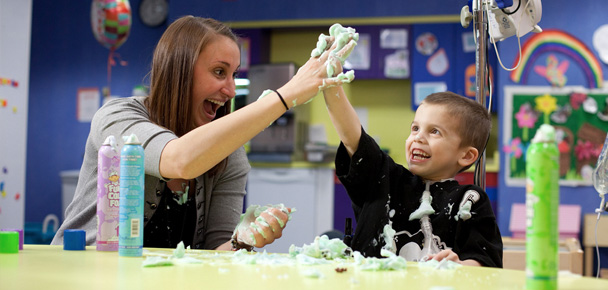
The defense had used a strategy of trying to confuse the jury. They found him guilty of first-degree intentional homicide after only a couple of hours deliberating. Our best theory was that his first shot missed and thus he moved to fire the second shot. To this day we don’t know why he fired two shots. Moving about the virtual scene illustrating details, I could see comprehension in their facial expressions. As I testified, the jury did not look confused. Some lateral movement took place.Ī two-dimensional overhead sketch of the scene did not show the scene as accurately as the 3-D model.

Tracking back the possible trajectories for the two rounds did not line up. There were a few variations to his story, but all of them involved a malfunction with his firearm leading to an unwanted discharge. The victim’s husband was the suspect, and it took a day to locate him at an address out of state. Additional work was done after the scanning, but the scanner and operator were out of the scene quickly to allow other investigators space to do their jobs. Each scan took six minutes, and it took less than a minute to move the scanner from spot to spot. We conducted four scans with our 3-D scanner. Scanning the room of the shooting took less than 30 minutes. A second bullet hole was on the wall just to the left of her. In this case, a woman was found dead in her bed with a gunshot wound to her temple. I assisted on a case that was the first time a 3-D scanner crime scene model display was used in a Wisconsin court. Picture the power of walking a jury around a scene versus presenting them with overhead sketches and still photos. Imagine after an officer-involved shooting being able to virtually allow investigators to stand in the spot where an officer stood to see his or her view of the suspect. Using a photorealistic model to conduct a walk-through of a scene can be powerful. It is scale simulations of the real walls and the actual evidence from the scene. It is not a computer drawing of the scene with cartoon symbols representing evidence. Having a photorealistic model of the crime scene allows anyone to walk around a pristine version of the event. It is a purely fact-based recreation of what was at the scene. Unlike an animation, this rendering is not based on opinion.

It is a faithful and accurate recreation of the scene. The crime scene model is almost like the environments in first-person video games like “Call of Duty.” It is not an animation or a simulation. All the points in the point-cloud are overlaid with color from digital photos, converting them into a photorealistic 3-D environment. Each dot measured becomes a point known as a point-cloud. Once the data is downloaded, all the separate scans can be stitched together to create a 3-D model of the crime scene. However, the time to move a 3-D scanner is quick compared to a total station. The device also has the ability to record digital photos of the scene.ĭue to line-of-sight issues, it might take multiple scans to fully cover a room. After about six minutes a scan is completed, and the device can be set up for the next scan. It repeats this, measuring out tens of thousands of points every second. The laser takes a measurement, moves a millimeter and then records the next measurement. The laser can reflect off the majority of surfaces to produce measurements on everything within its line of sight. Unlike the total station, a 3-D scanner does not need targets.
Crime scene recreation software for mac full#
In the last 15 years the cost of a scanner has decreased, and police agencies can now reasonably afford one.Ī 3-D scanner is like mating a total station (surveying instrument) to a digital camera and pumping it full of steroids. By the mid-1990s advances in technology allowed scanners to become portable. The original technology was developed in the 1960s. One of the newer technologies for mapping crime scenes is the 3-D laser scanner. More importantly with the newer technologies, the time reduction does not come at the cost of accuracy. Technology has decreased the time it takes to map a scene, and some newer technologies promise to help further reduce the time needed. For larger, outdoor scenes a walking wheel might be added. Steel and fiberglass measuring tapes are the workhorses for collecting measurements.

Historically, mapping was done through measurements taken via tape measures. This Digital Edition explores police technologies designed to improve your investigations and operations.


 0 kommentar(er)
0 kommentar(er)
